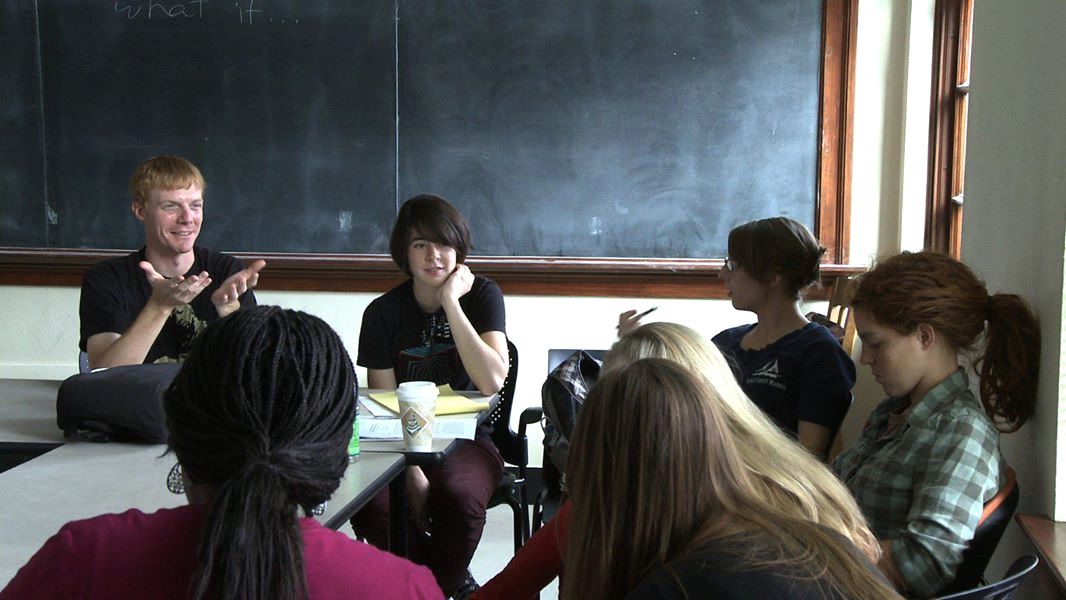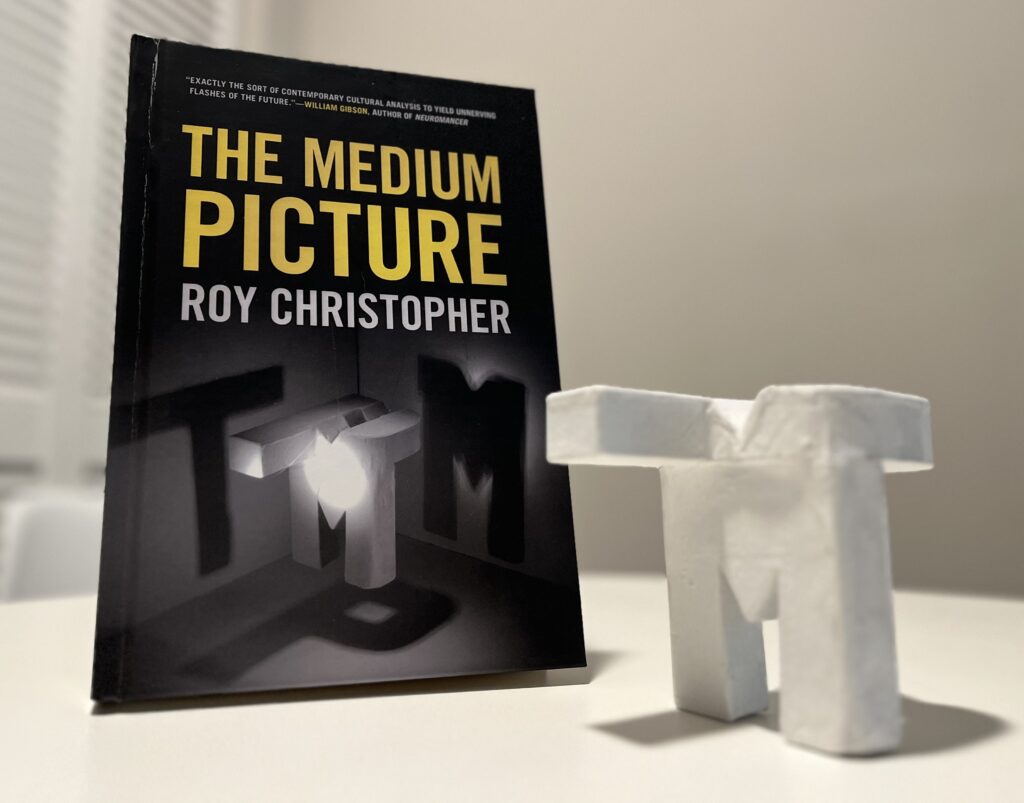My next book, Post-Self: Journeys Beyond the Human Body, comes out on December 2nd from Repeater Books, and they’re currently running a 30%-off sale on preorders!

Post-Self is a grim survey of all the ways we attempt to escape the limitations of our physical forms—technology, rapture, drugs, death—with a Foreword by the cultural critic Mark Dery titled “Welcome to the Misanthropocene.”
“We are all perpetually holding ourselves together. Our breath, our blood, our food, our spit, our shit, our thoughts, our attention—all tightly held, all the time. Then at death we let it all out, oozing at once into the earth and gasping at last into the ether.” — from POST-SELF
The back cover copy reads as follows:
In the 21st century, the body has become a prison—a problem to solve, a boundary to break. Post-Self plunges into the dark urge to escape flesh and mortality by any means necessary: technology, cybernetics, drugs, death, or pure rapture.
From horror movies to heavy metal, from radical philosophy to science fiction, this book explores how artists, writers, and visionaries have imagined transcending the human form. What drives our desire to shed our bodies? What lies beyond the self?
Bold, unsettling, and fiercely intelligent, Post-Self journeys through the shadowlands of the modern imagination—where dissatisfaction becomes inspiration, and escape is the ultimate creative act.
“Once the soul looked contemptuously on the body, and then that contempt was the supreme thing — the soul wished the body meagre, ghastly, and famished. Thus it thought to escape from the body and the earth.” — Friedrich Nietzsche, Thus Spake Zarathustra
What other people are saying about it:
“Too often philosophy gets bogged down in the tedious ‘working-through’ of contingency and finitude. Post-Self takes a different approach, engaging with cultural forms of refusal, denial, and negation in all their glorious ambivalence.” — Eugene Thacker, author, In the Dust of This Planet
“Using Godflesh—the arch-wizards of industrial metal—as a framework for a deep philosophical inspection of the permeable human form reveals that all our critical theory should begin on the street where wasted teen musicians pummel their mind and instruments into culture-shifting fault lines. Godflesh are not just a ‘mirror’ of all the horrors and glories we can inflict on our bodies, but a blasted soundscape of our moans. Roy Christopher’s book is a thought-provoking and delightful crucible of film, music, and the best kind of speculative thought.” — Peter Bebergal, author, Season of the Witch
“In his trademark breezy yet precise style, Christopher discusses everything from stimoceivers to Southland Tales, everyone from Henry Lee Lucas to Brummbear, and all without ever losing sight of his central points of reference: our all too malleable somatic limits and Godflesh’s Streetcleaner. And the combination here could not be more apposite, for however much we stretch and augment the reaches of our physicality, imagining ourselves the theophanies of some as yet speculative deities, we get no closer to getting away from ourselves, becoming Godly it seems only in the sense of becoming increasingly empty.” — Gary J. Shipley, author, Stratagem of the Corpse
“Through the lenses of Godflesh, J.G. Ballard, UFO phenomena, psychedelics, serial killings, and so much else, Christopher investigates humanity’s growing inclination to escape our bodies, to escape our species, to escape life itself.” — B.R. Yeager, author, Negative Space
“A peculiar hybrid of Thomas Ligotti and Marshall McLuhan.” — Robert Guffey, author, Operation Mindfuck
“An interesting read indeed!” — Aaron Weaver, Wolves in the Throne Room
Need an early Christmas present? Post-Self will be out in just two weeks, so go ahead and grab one at a 30% discount!





















